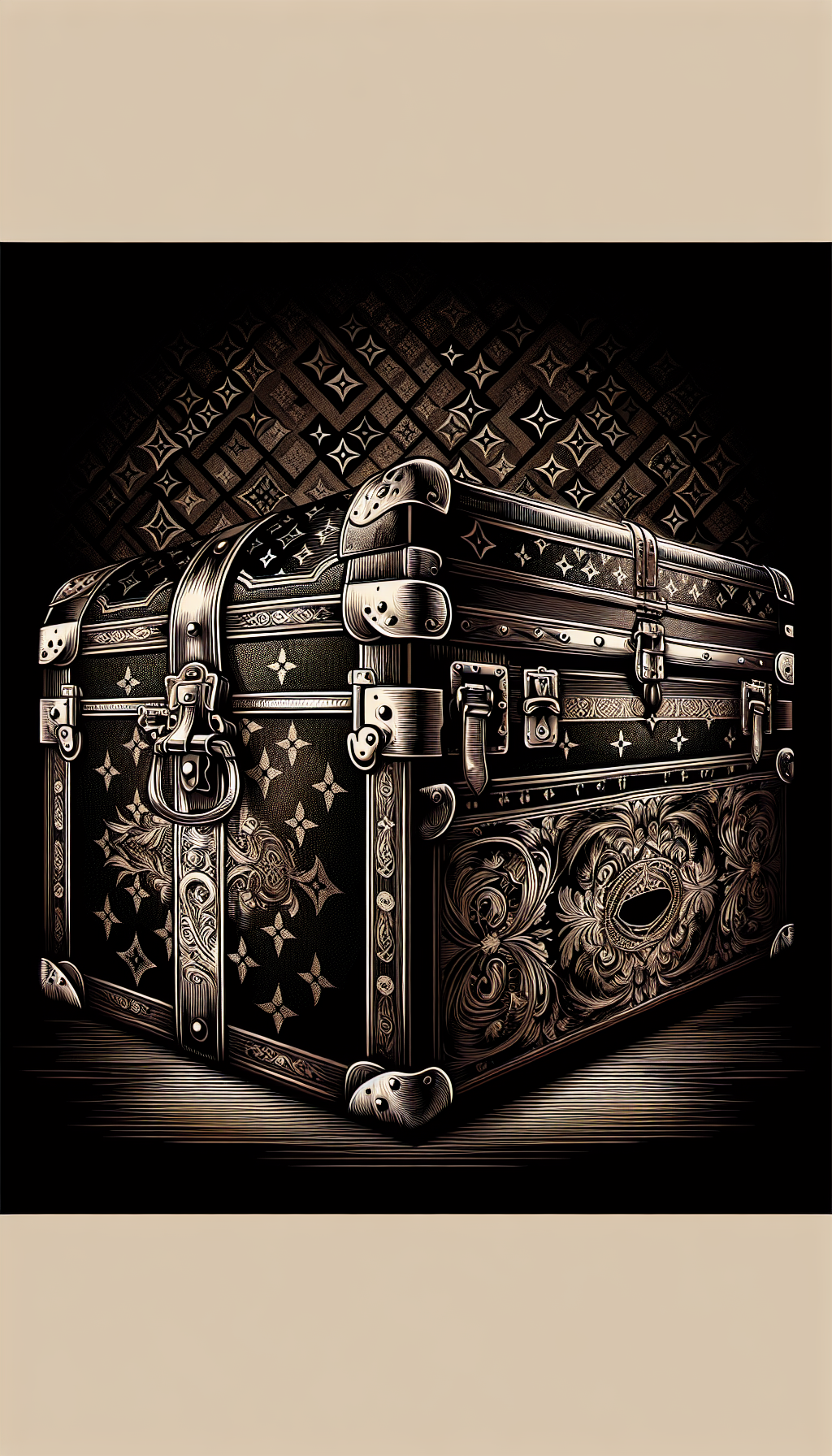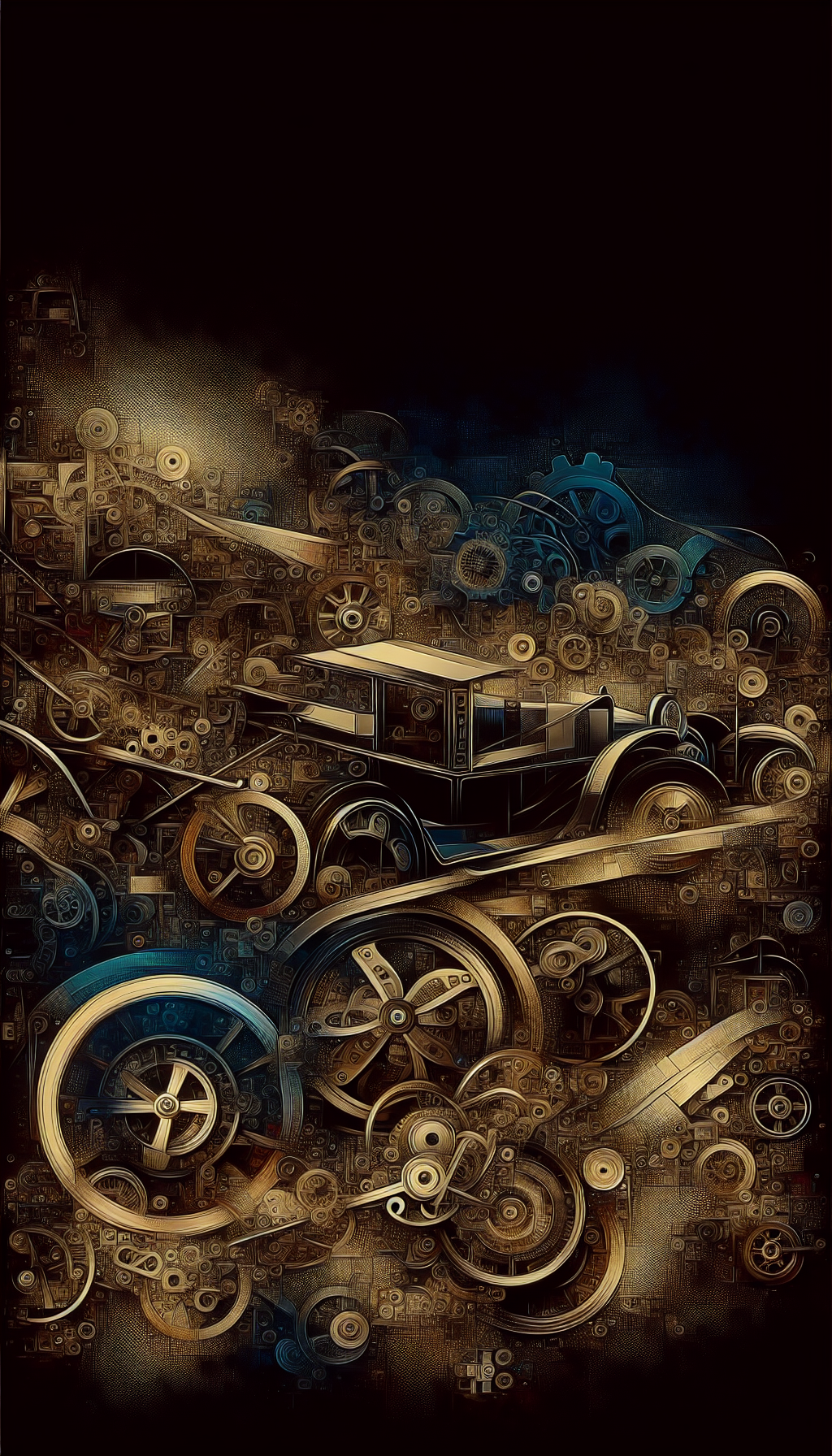Medieval Moonlightrob Gonsalves
Rob Gonsalves (1959–2017) is celebrated for meticulously engineered illusions that pivot between architectural spaces and natural vistas. For appraisers and collectors, a work associated with the title “Medieval Moonlight” sits squarely within the artist’s signature practice: an imaginative crossover where perspective and pattern fuse two scenes into one fluid narrative. This guide unpacks how to identify, authenticate, condition-check, and value an example tied to this title—whether an original painting or a limited-edition print—so you can confidently appraise, buy, sell, or insure it.
Why “Medieval Moonlight” matters to appraisers
- Signature vocabulary: Gonsalves’s paintings often leverage repeated arches, stairways, bridges, trees, rooftops, or ships to form seamless transitions. A title invoking “medieval” and “moonlight” would be entirely consistent with his established motifs and atmosphere.
- Collectability: His market features enduring demand for both original acrylic paintings and scarce, well-documented limited editions. Works with evocative themes that display his most refined illusions typically command the strongest interest.
- Broad audience: Gonsalves is known beyond the fine art market through books and posters, which creates healthy secondary-market activity for authenticated editions while also spawning misattributions and unauthorized reproductions—an appraisal challenge worth anticipating.
Key takeaway: Expect a tiered market with large value differences between original paintings and editions, and pay close attention to documentation and condition.
Editions and originals: what you may encounter
Gonsalves’s output relevant to appraisers generally falls into two categories: originals and limited-edition prints. Posters and open-edition reproductions exist but should be valued differently.
Originals
- Medium: Typically acrylic on canvas (occasionally board). Paint application is deliberate; under raking light, you will see true paint film and brushwork rather than printed dot patterns.
- Scale: Most originals encountered are moderate to large (for example, roughly 18 × 24 in to 30 × 40 in), though dimensions vary. Verify measurements precisely; size is a market factor.
- Markings: Expect a hand signature, usually on the front lower margin, and often a title/date and signature on the verso. Gallery or exhibition labels may be present on the back of the stretcher or frame.
Limited-edition prints
- Process: Commonly high-quality giclée (inkjet) on paper or canvas; other printmaking processes exist but are less frequently seen. Paper giclées are usually pencil-signed and numbered in the lower margin. Canvas giclées may be signed on the image area or verso.
- Edition size: Frequently in the 100–350 range for numbered editions, with additional Artist’s Proofs (A/P), Printer’s Proofs (P/P), or Hors de Commerce (H/C) often totaling ~10–15% of the edition. Confirm exact counts when possible; different publishers used different structures.
- Certificates: Many limited editions were accompanied by a Certificate of Authenticity (COA) from the originating gallery/publisher. A COA is supportive, not definitive, evidence—corroborate via other markers.
- Paper vs canvas: Paper editions typically show a crisp printed image on smooth or lightly textured archival paper; margins may be deckled. Canvas editions can be varnished to mimic paint texture; under magnification, you should still see dot or spray patterns rather than discrete brush strokes.
Open editions and posters
- Markings: Usually not signed/numbered; may bear printed signatures or credits, often with publisher credits. Value is largely decorative; condition and display appeal drive price more than scarcity.
Practical tip: Always record both the image size and the total sheet or canvas size, the edition number (e.g., 45/200), and the presence or absence of a COA. Photograph the signature and numbering.
Authentication, provenance, and documentation
Because Gonsalves is widely collected, documentation quality varies. Treat authentication as a layered process:
- Image-level analysis
- Style and illusion logic: Composition should display the artist’s sophisticated transition from one scene to another, not merely surreal juxtaposition.
- Palette and finish: He favored balanced, legible palettes and clean finishes; muddiness or inconsistent quality may signal later reproductions or misattributions.
- Signature and inscriptions
- Originals: Expect a hand-painted signature; verso may include title/date/signature and sometimes a gallery label. Compare letterforms to known examples across multiple authenticated works; do not rely on a single sample.
- Editions: Pencil signatures on paper margins or hand signatures on canvas prints are typical. Numbering should be consistent in graphite or ink appropriate to the edition. Printed signatures embedded in the image are not equivalent to a hand signature.
- Printing and paper/canvas characteristics
- Paper: Use magnification. Genuine giclée prints exhibit fine spray patterns; lithographic dots or coarse screening may indicate a different process or lower-quality reproduction.
- Canvas: Varnish can create misleading texture; check under raking light for uniform surface sheen consistent with prints. True brush impasto has directional relief and discontinuous edges; printed texture is comparatively flat.
- Provenance
- Assemble a chain of custody: invoices, gallery receipts, exhibition stickers, shipping documents, insurance schedules, and emails. Cross-check dates, titles, and dimensions.
- COA corroboration: Match edition number, title spelling, medium, and image size between the COA and the work. Ensure the COA issuer is logically connected (the original publisher or authorized gallery).
- Independent comparison
- Compare your example to cataloged images of the same title where possible. Confirm edition details (e.g., paper vs canvas) align with known releases. For originals, look for consistent compositional features and finish quality.
- Expert opinion
- For high-value cases (originals or rare proofs), obtain a written opinion from a specialist in contemporary illusionistic painting or a qualified fine-art appraiser with Gonsalves experience. Third-party review is prudent before major transactions or insurance scheduling.
Practical Appraisal Checklist
- Identify the type: original painting, limited-edition print (paper or canvas), or open-edition/poster.
- Measure precisely: record image and total dimensions, and note frame details.
- Document markings: signature location and type; edition number; inscriptions; publisher/printer chops if present.
- Examine the surface: use magnification and raking light to distinguish paint from print; note varnish or coatings.
- Gather provenance: invoices, COA, labels, prior appraisals; verify consistency across documents.
- Grade condition: note UV fading, scratches/abrasions, foxing, cockling, edge wear, stretcher bar shadow, varnish issues.
- Research comparables: locate recent sales for the same title or closely related works (same medium/edition size).
- Conclude value range: justify with comps, condition adjustments, and market context; state assumptions and uncertainties.
Condition grading and conservation notes
Condition has outsized impact on value, particularly for paper editions and originals.
Paper giclées
- Risks: UV fading, surface scuffs, handling creases, corner dings, mounting tape residue, acidic mat burn, and moisture rippling (cockling).
- Best practices: Use acid-free, lignin-free mats and backing; hinge with archival methods; frame under UV-filtering glazing; avoid direct sunlight and humidity swings.
- Cleaning: Surface dust can be gently removed with a soft brush; stains, foxing, or tears require a paper conservator.
Canvas giclées
- Risks: Abrasion at high points, sagging canvas, varnish scuffs, heat damage, and color shift from prolonged light exposure.
- Best practices: Maintain stable temperature and humidity; avoid direct sunlight; dust with a dry, soft microfiber cloth. Do not use cleaners or solvents.
- Re-stretching/repairs: Engage a professional; amateur re-stretching can crease or crack varnish.
Original acrylic paintings
- Risks: Abrasion, edge wear, impact dents, varnish scratching (if varnished), and structural issues with the stretcher or frame.
- Examination: Under raking light, map any paint loss, scratches, or inpainting. UV light may reveal retouching.
- Conservation: Only a paintings conservator should clean or re-varnish; inappropriate cleaning can burnish or solubilize acrylic films.
Condition language: Use consistent terms such as Excellent, Very Good, Good, Fair, and Poor, and always explain your basis (e.g., “Very Good: minor frame rub and faint surface scuffing visible at 30 cm under raking light; no fading.”).
Market values, comparables, and selling strategy
Value tiers
- Originals: By far the highest value. Gonsalves’s original acrylics with strong, quintessential illusions typically bring prices well into the five figures; major, exhibition-level works may exceed that. Size, subject strength, provenance, and condition are primary drivers.
- Limited-edition prints: Scarcer paper or canvas editions, especially early numbers or well-preserved examples with COA, tend to occupy a mid-three- to low-four-figure range on the secondary market, depending on title desirability and edition size.
- Open editions/posters: Generally decorative value; pricing is modest and condition-driven.
Comparables
- Use recent sales of the same title and medium when available. If none, triangulate with:
- Works of similar illusion complexity and period
- Same edition type and size (e.g., giclée on canvas, edition of 195)
- Similar dimensions and condition
- Adjust for condition (subtract for fading, creases, abrasions), completeness (missing COA or damaged frame), and market channel (auction vs private sale).
- Use recent sales of the same title and medium when available. If none, triangulate with:
Selling channels
- Fine-art galleries: Best for originals and high-demand editions; expect a commission but potential for stronger retail outcomes.
- Specialist auctions: Useful for transparent pricing and broader reach; factor buyer’s/seller’s premiums and timing.
- Private sale to collectors: Can be efficient for well-documented pieces; due diligence is essential.
- Online marketplaces: Adequate for editions and decorative-tier works; emphasize documentation quality, strong photography, and honest condition reports.
Insurance and appraisal
- Insure originals and high-value editions under a scheduled personal property endorsement. Provide a written appraisal referencing comps, condition, and replacement scenario (gallery retail for replacement cost; auction comparables for fair market value).
- Update valuations every 2–3 years or after notable market shifts.
Timing the market
- Demand for Gonsalves remains supported by cross-genre appeal and steady collector interest. Choose sale windows when comparable works are attracting bids and avoid peak holiday congestion unless your venue reliably features fine art.
FAQ
Q: Is “Medieval Moonlight” known as both an original painting and a limited edition? A: Many well-known Gonsalves compositions appeared first as original acrylic paintings and later as limited-edition prints (paper and/or canvas). For any given title, verify what formats were released and match your example accordingly.
Q: How much is the signature worth on its own? A: A hand signature adds confidence and modest value to a limited edition, but it is not a substitute for a verifiable edition and proper documentation. For originals, the signature is expected; absence can be a red flag requiring deeper investigation.
Q: How do I distinguish a high-quality giclée from a counterfeit? A: Use magnification to observe ink deposition; assess paper or canvas quality; confirm numbering and hand signature (not a printed facsimile); corroborate details with a COA and provenance. Mismatched titles, inconsistent fonts, or suspiciously “fresh” numbering on older works are warning signs.
Q: What condition issues most affect print value? A: Light fading (especially in blues and reds), margin creases, foxing or stains on paper, and abrasions on canvas giclées are the most damaging. Missing COA or improper framing can also depress price.
Q: Should I reframe before selling? A: If the current framing is visibly damaged, acidic, or detracts from presentation, reframing with archival materials and UV glazing can support a better outcome. For high-value works, keep any original gallery frame if it’s sound; it can enhance provenance and value.
By focusing on the type of object (original versus edition), verifying markings and documentation, grading condition accurately, and situating your example within recent comparables, you can appraise a Gonsalves work tied to “Medieval Moonlight” with confidence and clarity.



